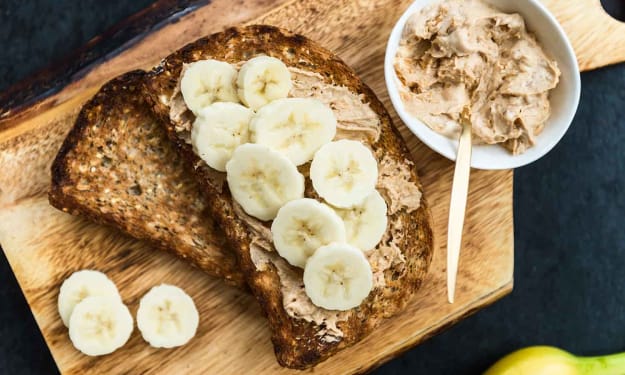The Humble Tortilla Done Right
A centuries-old recipe

Let me tell you about the best tortilla I have ever eaten.
I have had many "aha" moments when it comes to food, as I'm sure you have. I remember the first time I tasted Thai food in Hawaii in the early 1990s. Even though I tried to eat the long thick sticks of lemongrass in my dish, I was blown away by the flavors of this new (to me) cuisine. Some of the "ahas" were subtler. When I was young, I didn't understand the fuss people made over produce and why they preferred this grocery store over that. Sometime in my 20s when I had begun shopping and cooking for myself, I started to get it. You taste a homegrown tomato from your friend's garden and something clicks. I eat lots of perfectly good nuts, but a few years ago I had some really fresh ones and I realized I had been missing something. Agustina's tortillas were like that. I've eaten plenty of tortillas in my life, but hers were special.
I ate them every day when I was living with her more than ten years ago in San Agustin Oapan, a small pueblo in the Mexican state of Guerrero. In this village, bordering the Atoyac River, Nahuatl is the primary language and Spanish is a second language. The men are largely involved in agriculture. It's the women primarily who cook. You can recognize these ladies when they travel to neighboring towns and cities by the distinctive gingham aprons they wear over their dresses. The aprons tie in the back and are bordered on the bottom with a tightly pleated fringe. They are similar enough to signal regional identity, but each one is different. Seamstresses of varied ages work on electric or foot pedal driven sewing machines. Within the confines of cultural identity, the individual creativity is boundless. The classic gingham fabric is a uniform small check, but comes in a rainbow of colors. The younger girls are especially innovative and stylish, trimming with floral ribbon or twisting and braiding the gingham into new designs. The aprons look beautiful hanging in a row on the clothing lines where they are stored. The tortillas were a bit like that. Everyone makes them, but Agustina's were the best.
***
The tortillas were served for breakfast, lunch, and dinner, usually with chili sauce. Often, this was a meal in itself. At lunch and dinner they might be accompanied by squash, squash flowers, beans, wild greens, or chicken soup. In this household there was no imperative to eat together at the table (although everyone was close by playing or chatting). Rather, it was important to eat the tortillas as they arrived hot off the comal (a flat metal griddle). I'm used to eating Mexican food in the United States, served with lots of cheese and sour cream, but in Oapan dairy was less commonly used because most people don't have refrigerators. The toothsome tortillas were hot and light, flexible yet slightly crispy, and had just the right texture as you bit into them. A light sprinkling of salt brought the flavor of the toasted maize to perfection. On my lucky days, Agustina would shape the masa into sopes. Instead of the rounded bowls that are often fried, she would pinch out a spiral shape in the thick rounded disc. It was just enough depth and texture to hold a drizzle of oil, a few beans, and a pinch of salt after the edges browned on the comal. Heavenly.

Now, here is the recipe.
1) First, grow non-GMO yellow maize using organic methods similar to those used by the Aztecs more than 500 years ago. It must be planted in Mexican soil and grown in the hot sun. Protect the crops from grasshoppers, birds, and other pests and consult an expert to pick the corn at the right time (there is a huge vocabulary in Nahuatl dedicated to describing maize in all it's stages and configurations--young tender, ripe, moldy...).
2) Husk and shell the maize.
3) Next comes nixtamalization. The dried kernels must be boiled and soaked with lime and then cleaned. This required process is what makes the maize nutritious.
4) Grind the kernels on a metate (a grinding stone made from volcanic rock).
5) Add water to create a pliable consistently and knead gently. Shape the tortillas to the desired size (~5" diameter).
5) Rest your comal on three hearthstones over a medium fire until hot. Toast until golden brown and aromatic. Dust with salt and eat immediately.
So, will you try it? Me neither. That's the beauty of travel food. The best of it is tied to the unique environment of place, time, and memory, and can't be reproduced exactly. I will continue to make do with tortillas de maquina (machine-made), or maybe use one of the many recipes that start with pre-made Maseca flour. They will be good, but not the same.
About the Creator
Belinda Light
I am a mother, a professor, and a writer.






Comments
There are no comments for this story
Be the first to respond and start the conversation.